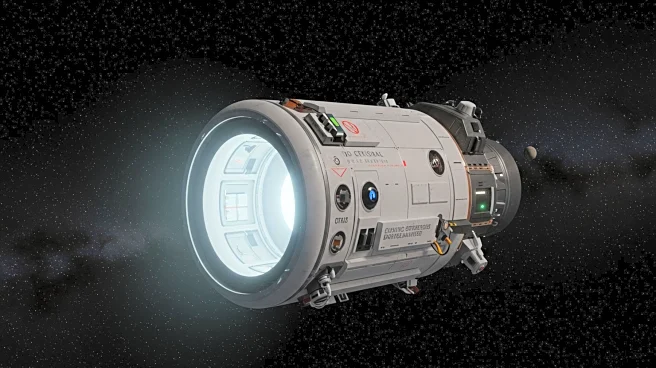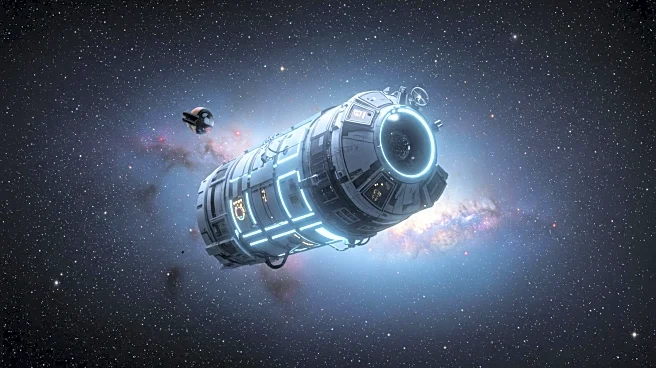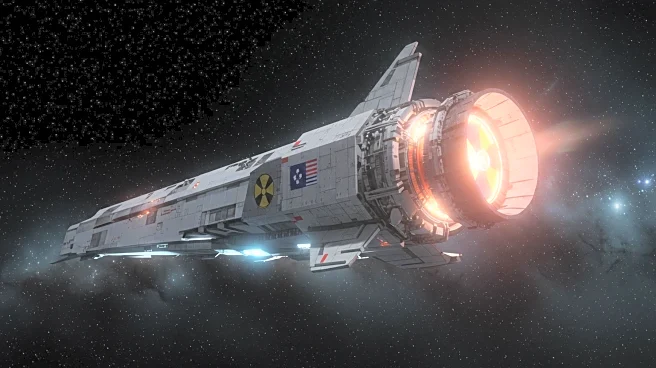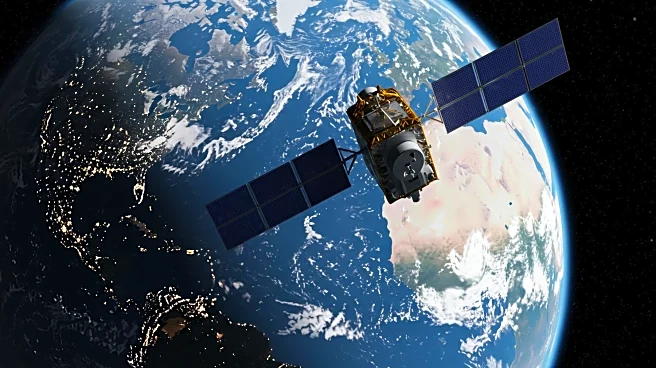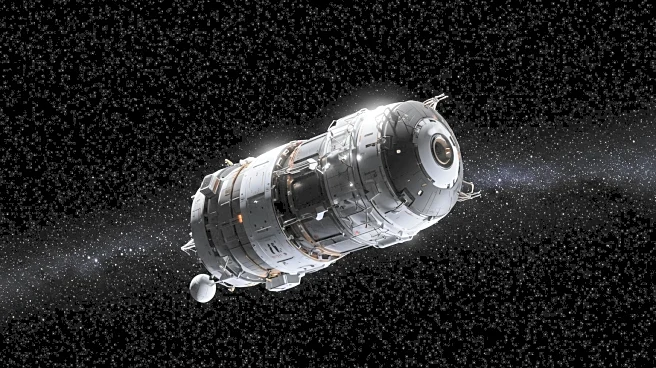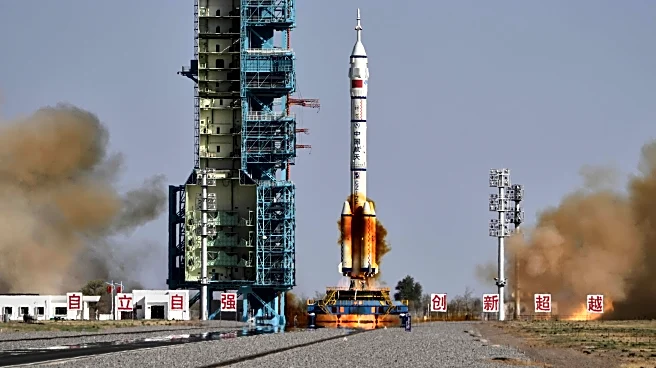Rapid Read • 7 min read
Russia has launched the Bion-M No. 2 biosatellite from the Baikonur Cosmodrome in Kazakhstan, carrying 75 mice, 1,000 fruit flies, and various microbes, cell cultures, and plant seeds. This mission aims to study the effects of spaceflight on these organisms over a month-long period. The Bion-M No. 2 is the successor to Russia's previous Bion program, with the last mission, Bion 11, conducted in 1996. The current mission follows Bion-M No. 1, which launched in 2013 and carried a diverse range of organisms to low Earth orbit for 30 days. The Bion-M No. 2 mission will orbit Earth in a path that exposes it to increased cosmic radiation compared to its predecessor.
AD
The Bion-M No. 2 mission is crucial for understanding how spaceflight affects living organisms, which is essential for future human exploration of deep-space locations, particularly the moon. By studying the effects of microgravity and radiation on various organisms, researchers can gain insights into potential challenges and solutions for long-term human space missions. This research is part of Russia's broader efforts to prepare for human exploration of the moon, in collaboration with China on the International Lunar Research Station project, aiming to establish a crewed moon base in the 2030s.
After completing its month-long mission, the Bion-M No. 2 capsule will return to Earth, where researchers will analyze the effects of spaceflight on the organisms and simulated moon dirt and rock. This analysis will help inform future space missions and contribute to the development of strategies for mitigating the impacts of space environments on human health and performance.
AD
More Stories You Might Enjoy
